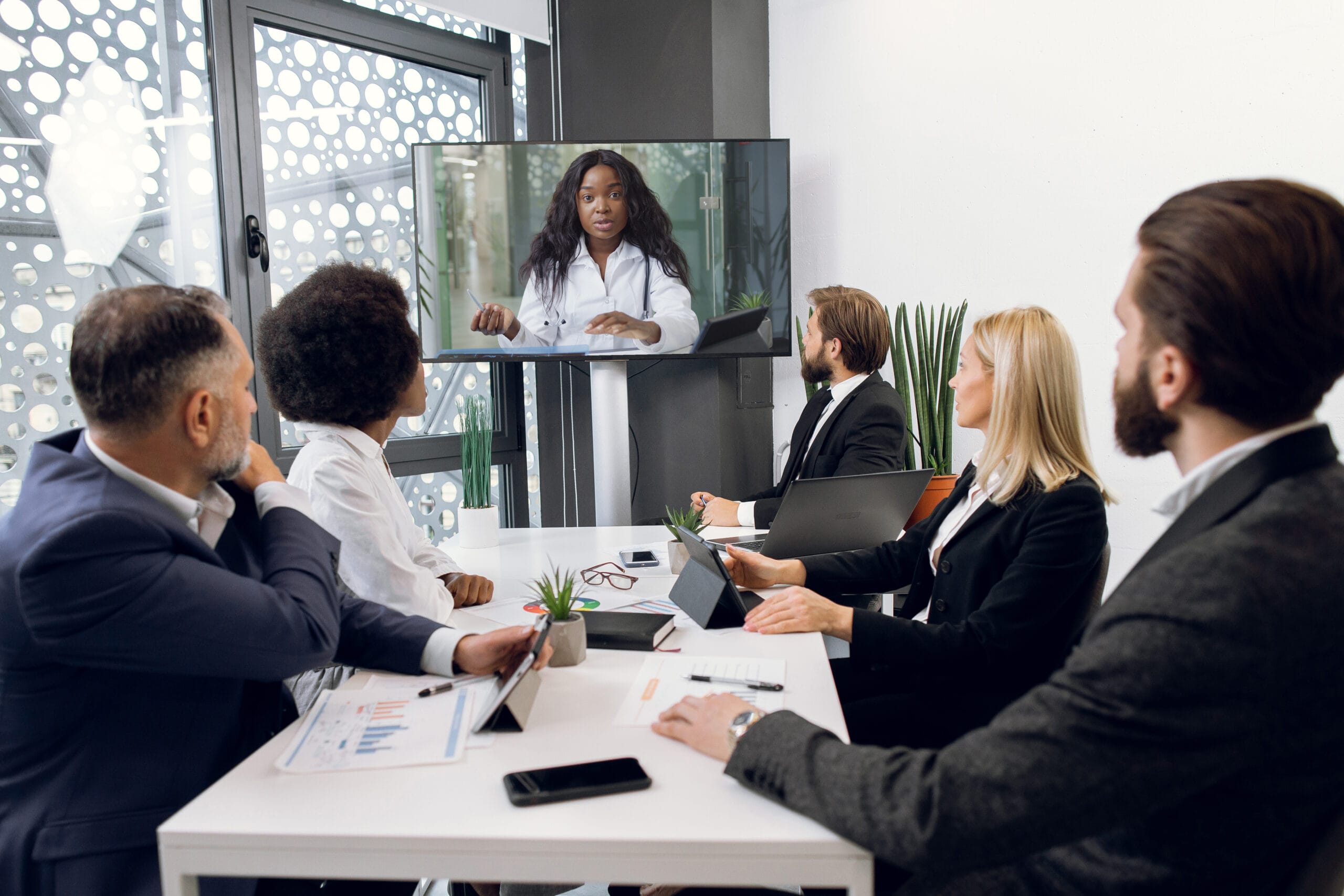Understanding Exactly How Test Presentations Can Transform Your Lawful Approach
The combination of trial presentations right into lawful strategy is increasingly identified as a pivotal factor in the court room. By harnessing the power of visual narration and multimedia elements, attorneys can provide complex info in a way that resonates with jurors and boosts their understanding.
The Importance of Aesthetic Narration

Taking advantage of the power of visual narration can significantly improve the efficiency of trial presentations. In the world of legal procedures, the capacity to communicate complicated info in an interesting and accessible way is extremely important. Aesthetic storytelling transcends standard spoken communication by incorporating photos, graphs, and videos to show essential factors, making the story a lot more engaging and simpler to understand.
Jurors typically struggle to retain complex details provided exclusively via message or speech; nonetheless, a well-crafted visual narrative can enhance retention and promote a much deeper psychological connection to the case. Aesthetic help can simplify complex proof, emphasize disparities, and highlight critical disagreements, thus enhancing the lawyer's story.

Crucial Element of Effective Presentations
Efficient test discussions depend upon several crucial components that contribute to their general effect and quality. A well-structured narrative is essential. The presentation must adhere to a logical flow, assisting the court through the truths and debates in a meaningful fashion. This assists jurors to easily comprehend complex information and keep crucial points.
Visual help play a crucial function. Making use of graphes, representations, and photos can enhance understanding by highlighting vital principles and evidence. These elements should be clear and properly made, preventing unnecessary clutter that can sidetrack from the message.
One more critical element is the audio speaker's distribution. Confidence, clarity, and engagement are essential for keeping the jury's attention. Exercising reliable body movement and vocal inflection can significantly enhance the persuasiveness of the presentation.
Leveraging Innovation in the Court
The integration of innovation in the court room has actually changed the way legal presentations are carried out, enhancing both efficiency and understanding. Modern devices such as digital proof discussion systems permit lawyers to show papers, videos, and images in a clear and organized manner, assisting in far better understanding amongst jurors. These systems allow real-time comments and zoom functions, which can highlight important elements of proof that may otherwise go unnoticed.
Furthermore, cloud-based platforms offer legal representatives the ability to accessibility case materials remotely, ensuring that they can offer info perfectly, no matter place - trial presentations. Digital display screens and projectors have actually replaced typical boards, offering a much more interesting and visually appealing technique for offering debates
Using trial presentation software program further improves the prep work procedure, permitting legal teams to organize their materials effectively. This innovation cultivates cooperation amongst employee, making sure that all elements of the situation are dealt with thoroughly.
Eventually, leveraging innovation in the court room not just boosts the discussion of proof but additionally sustains a more persuasive narrative, enabling attorneys to communicate their disagreements successfully and purposefully. Embracing these innovations is vital for attorneys aiming to boost their court room visibility and achieve favorable outcomes.
Engaging Jurors Through Multimedia
Multimedia presentations act as an effective device for engaging jurors, transforming conventional court dynamics into more interactive and compelling experiences. By incorporating aesthetic aspects such as videos, animations, and infographics, legal practitioners can capture jurors' focus and improve their understanding of complex information. Aesthetic help not only simplify detailed lawful ideas but likewise stimulate emotions, making the situation more relatable and memorable.
Using multimedia lines up with how individuals normally refine information today, where aesthetic stimuli dominate communication. Jurors typically retain information much better when it exists in a visually interesting layout, helping with enhanced recollection throughout deliberations. Reliable multimedia discussions can highlight essential proof, display timelines, and present witness testimonies in a layout that resonates with jurors, fostering deeper links to the instance.
In addition, multimedia can help maintain jurors' emphasis, lowering the possibility of disengagement throughout extensive trial procedures. By damaging the uniformity of conventional verbal discussions, attorneys can develop a vibrant narrative that holds jurors' passion. Eventually, leveraging multimedia not just boosts comprehension however can also affect jurors' understandings and choices, making here it an indispensable asset in contemporary lawful approaches.
Techniques for Crafting Engaging Narratives
Crafting engaging narratives is important for attorneys seeking to reverberate with jurors and share their case successfully. A well-structured narrative not just captures interest yet also promotes understanding and retention of vital realities.
To develop a powerful story, attorneys must begin by identifying the core motif of their instance. This main motif must mirror the emotional and factual heart of the matter, directing the story throughout the trial. Next, attorneys should consider their target market-- jurors who might not have legal knowledge. Simplifying complex legal terminology into relatable language can link this space - trial presentations.
Incorporating character-driven storytelling is also crucial. Jurors get in touch with individuals instead than abstract ideas, so offering an engaging lead character-- be it the client or a victim-- can stimulate compassion. Furthermore, utilizing a sequential framework helps keep clarity, enabling jurors to adhere to the story page flawlessly.
Aesthetic help, when made use of strategically, can boost storytelling by illustrating vital factors and reinforcing the story's psychological influence. Eventually, an engaging narrative not only notifies however additionally encourages, making it a vital component in an attorney's trial approach. Crafting such narratives calls for careful preparation and an understanding of the juror's viewpoint, ensuring the instance resonates on a human level.

Final Thought
Finally, trial presentations represent a pivotal aspect in contemporary lawful method, improving the efficiency of interaction within the court room. By using visual storytelling and incorporating multimedia components, attorneys can simplify complicated info and engage jurors on an emotional degree. The strategic use innovation more intensifies the influence of presentations, promoting the retention of essential disagreements. Ultimately, Resources the careful construction of narratives combined with powerful visuals considerably strengthens instances and raises the chance of beneficial outcomes in litigation.